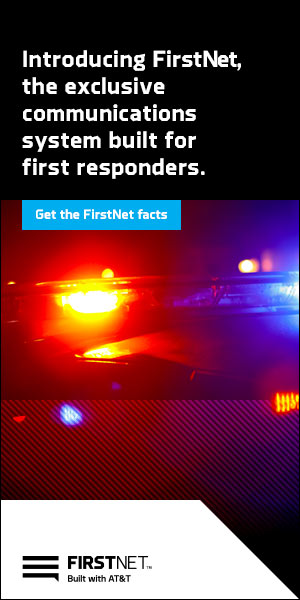by AllThingsECC.com | Aug 23, 2019 | Comm Center News
The California Governor’s Office of Emergency Services (Cal OES)
today announced an important step forward in making the state better
prepared to assist those in need during emergencies and natural
disasters.
Cal OES has selected four contractors (Atos, CenturyLink, NGA 911,
and Synergem Technologies) to partner with Cal OES in upgrading
California’s outdated 9-1-1 system to a Next Generation 9-1-1 platform.
The effort to modernize the 9-1-1 system across the state will introduce
proven state-of-the-art technology to ensure California is better
prepared to assist those in need during emergencies and natural
disasters.
Read More…
by AllThingsECC.com | Aug 20, 2019 | Comm Center News
A problem affecting 911 calls fromFrontier Commications land lines
has been corrected, according to a Wood County 911 dispatch supervisor.
Frontier Communications is experiencing
an outage affecting land-line calls to 911, the Wood County 911 center
said in a post on its Facebook page.
Read More…
by AllThingsECC.com | Aug 20, 2019 | Comm Center News
You never know what the next call will bring when you’re helping save
lives at the Harrisonburg-Rockingham Emergency Communications Center.
For Senior Communicator Leslie Barb, the next call actually helped bring
new life into our world.
Barb was honored Tuesday, Aug. 13, for
her help in assisting a soon-to-be grandmother whose daughter was in
labor. Barb took the call early in the morning of July 25, when she was
told that the woman was at home having severe contractions without hope
of making it to the hospital in time.
Read More…
by AllThingsECC.com | Aug 20, 2019 | Comm Center News
Halifax County Manager Tony Brown confirmed this afternoon 911 Center
Director Heather Joyner announced her intention to step down from the
position.
Although Brown said he has not been presented anything in writing, he
said he discussed the matter with Halifax County Emergency Services
Director Phil Ricks.
Brown said her resignation is effective September 25.
Read More…
by AllThingsECC.com | Aug 20, 2019 | Comm Center News
It’s been more than 50 years since the first 911 emergency call was
made in the United States. Since that time, 911 has contributed to
dramatic improvements in public safety, but the role of 911 has remained
largely unchanged. Now, the rapid evolution of technology —
particularly in communications and safety-related applications — is
disrupting their operation.
Traditionally, emergency response centers, or public safety answering
points (PSAPs), have been slow to keep up with technological
improvements and changes in public expectations. For example, most
response center systems don’t support smartphone technology, aren’t able
to track mobile location, and can’t receive photos or videos from the
field. Texting functions are all too frequently non-existent.
Read More…


